
Lights fill our daily lives. Have you ever imagined what our days would look like without the sun for instance? The sunlight that we see — also known as visible light — is the source of all the colors we interact with. On a sunny day, it’s hard to see without squinting your eyes as you stare at the gorgeous blue skies.
We can easily assume that without the sun, we’d pretty much live in a colorless world since our understanding of color is fundamentally based on the fact that the earth revolves around the sun. Should we turn our lights off in the middle of the night, we are left in pitch darkness until our eyes adjust to the darkness around us. Simply put, without lights, the world would appear achromatic. Even before Isaac Newton’s theory of light, people already understood and experienced this phenomena from their daily interaction with light. However, what they did contest was whether different lighting affects color on space/objects. From Impressionist paintings to a simple object, color was an everlasting puzzlement to many.
Nature as we see it appears different on an hourly basis despite the fact that the sun shines over every corner of the Earth. Think about the different seasons and weather that affects the way you experience light. Even compare light in the morning vs. evening: The same leaf exudes different shades of green depending on what time it is during the day. Even at the same time, geographical factors can affect the way you experience colors (ex: light while hiking in the mountain vs. light reflecting from the ocean). This seeming ‘fickleness’ despite the uniform rays of sunlight can be attributed to the Earth’s atmosphere. Every atmospheric change (no number of supercomputers can predict these shifts accurately) creates the light fluctuations we observe. During the rainy season, most people around the world share a sigh of relief as soon as they see a ray of light peeking through the cloudy skies. In some cases, they are delighted by the sight of rainbows, which is the perfect example of creation by sunlight and atmospheric conditions.
The Early History of Motion Pictures
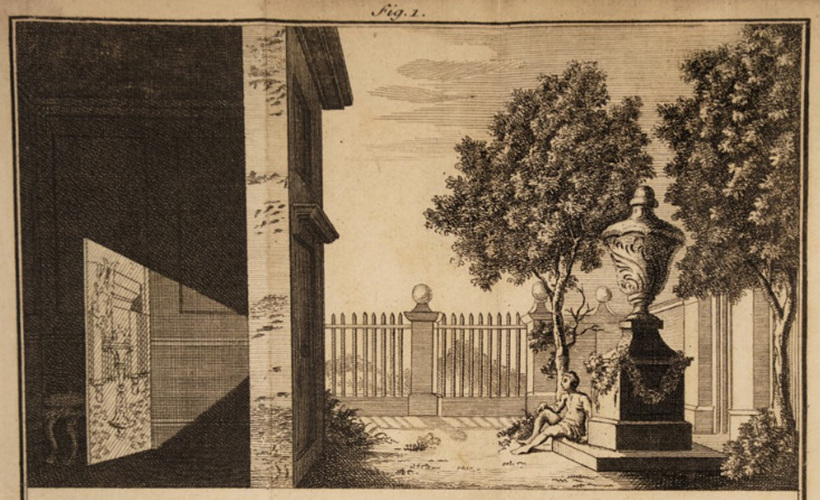
An image is the greatest illusion created by man. A camera obscura was how we first captured images during the Baroque time period in Europe. In Italian, “Camera” means “room” while “obscura” means “darkly sealed.” The principle behind the device was that when external light entered a dark room through a small gap, an inverted image appeared. Even though it was artificially conceived based on principles found in nature, we can easily assume that this was discovered much earlier by prehistoric humans in caves or huts. Light-trapping camera obscura boxes were later developed as drawing aids for artists to use in realistic sketches.

One of the most celebrated Dutch Baroque Period masters, Johannes Vermeer, left many realistic paintings, such as the ‘Girl with a Pearl Earring’. Should you watch the film adaptation (2003) of the famous painting, there is a memorable scene where Vermeer (played by Colin Firth) explains to protagonist (Scarlett Johansson) how camera obscura works: She replies "Does the box show you what to paint?" Her response embarrasses Vermeer, who perhaps didn’t want to admit his true intentions behind getting the device as an early adopter during that time.
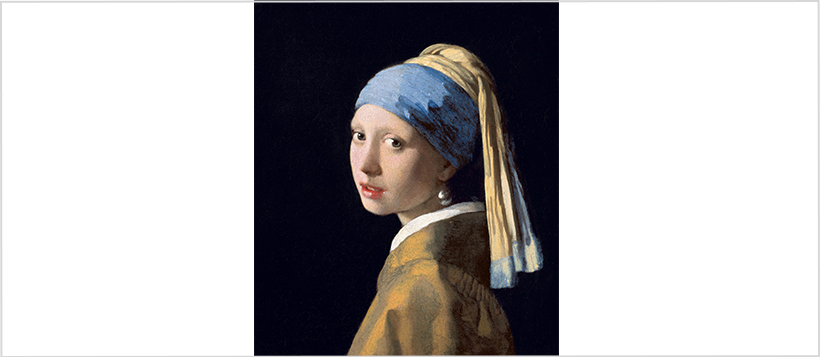
All Western European painters during the Baroque period found themselves mesmerized with light. It was trendy to enjoy the benefits of camera obscura devices, but they truly enjoyed the contrast between light and dark in their paintings. While Renaissance artists were more concerned with realistic depictions to convey sacredness, Baroque artists fixated on grandeur effects added by contrast. Simple black backgrounds were preferred over landscapes found in paintings like the ‘Mona Lisa’, perhaps due to the fact that figures in paintings stood out more in dark settings. This was even more dramaticized by the artificial lighting added by Baroque artists illuminating each figure. Baroque paintings’ intense light and dark shadows not only made them realistic but also three-dimensional where each painting seems like a scene played out from a live play. This focus on capturing liveliness during the Baroque period without a doubt contributed to the birth of cinematography. After all, films are creations of light over time.
The Beginning of Visual Art Using the Principle of Light
Born in Belgium as a physicist before moving to France and gaining renown as an artist, Étienne-Gaspard Robert, a magician & inventor better known under his stage name Robertson, had a reckless imagination. Anecdotal evidence suggests that the French government turned down his proposal for a magnifying glass capable of destroying British battleships. By imitating the projector performance in Vienna, he created a device that used light and reflection to create an image that appeared on stage and obtained a patent for a “magic lantern.”
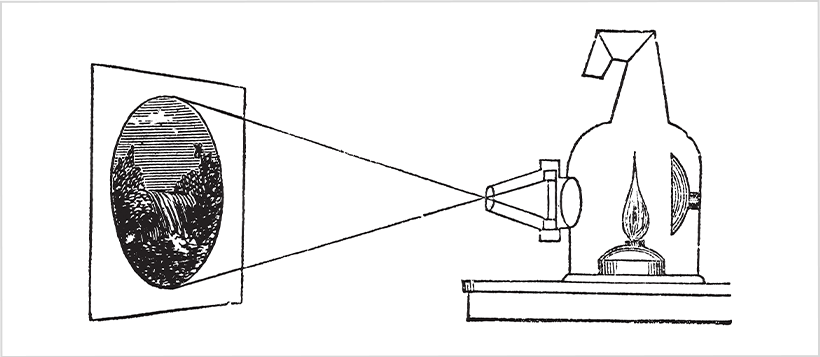
Phantasmagoria/Fantasmagoria was the world’s first show that used magic lanterns using rear projection cinematic techniques and a translucent wax-coated gauze, which created effects similar to that of holograms today. Robertson may have started his career as a physics lecturer, but he later became successful and widely appreciated as a showman. It might seem like life as a physicist didn’t work out for him, but in the end, his works and understanding of light were crucial to the development of filmography.
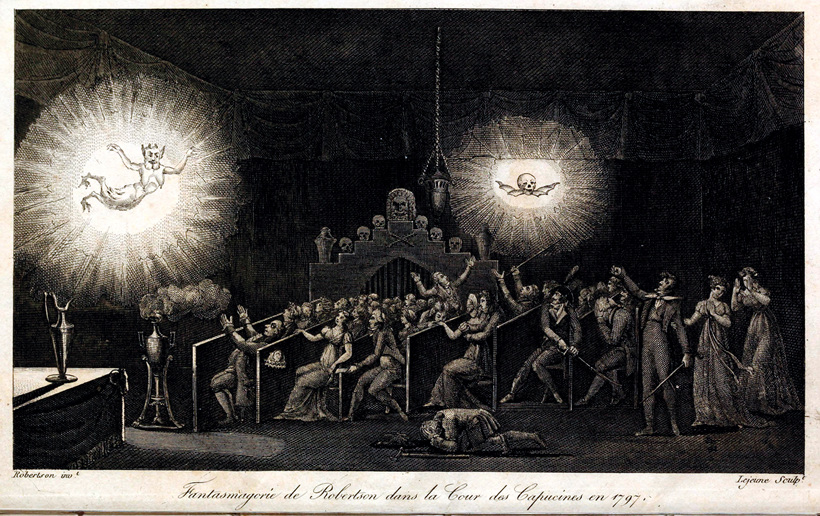
Photography also has origins in France. The idea of capturing landscapes effortlessly using light captivated many who carried out various experiments. Louis Daguerre, a Parisian painter, was one of those ambitious people. He later invented the Diorama to design a performance hall and build miniature landscapes. His inquisitive and creative mind led to the invention of the first widely used method of photography.
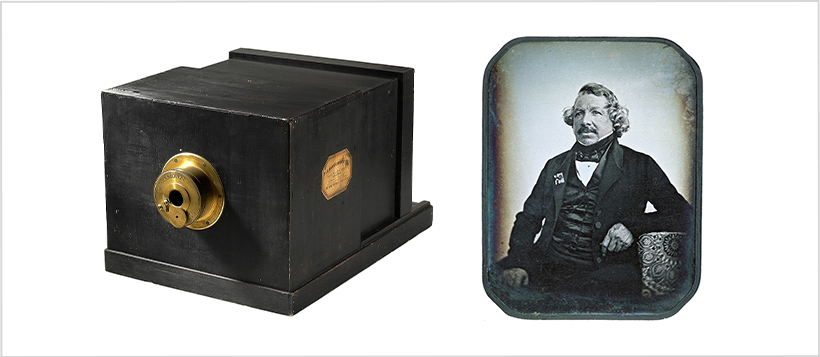
His invention, known as the Daguerreotype, was a method of creating an image by sensitizing a silver plate to light. It was the most common image processing technique used before the invention of film. Getting enough light for photosensitivity through a small lens took a long time. People had to sit still in front of the camera for hours, but many were willing to stand in line for a profile photo.
The magic lantern and photographic technique led to the development of various photography equipment, culminating in the demonstration of the first films in 1895 by the Lumière brothers (Auguste Marie Louis Nicolas Lumière and Louis Jean Lumière). A few years later, in 1902, Georges Méliès used the film to create the first science fiction movie in the world <The Voyage Dans la Lune>. More than 100 years have passed since, and digital movies and television have grown by leaps and bounds, proving that the human quest for video is truly eternal.
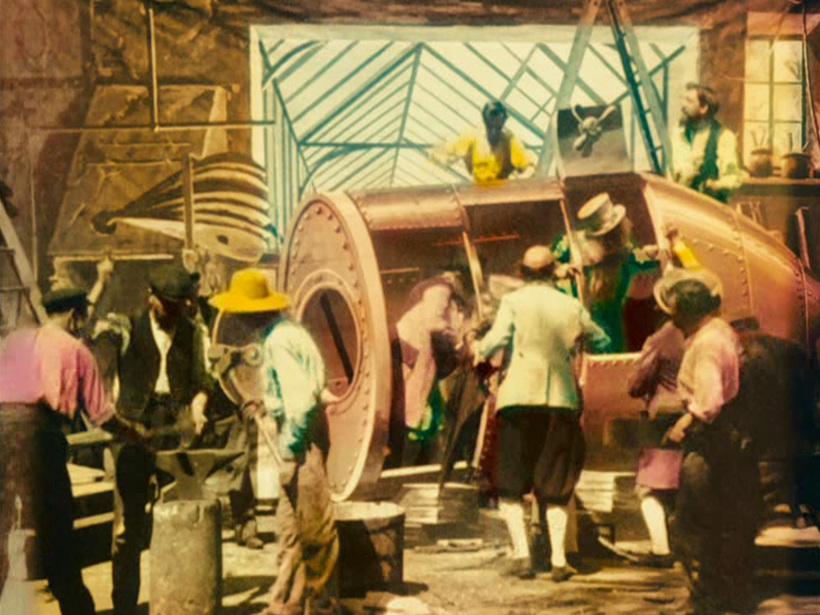
Illustration of Films and Colors with Light
What is film? Étienne-Gaspard Robert (Robertson)’s rear projection devices or film projectors in movie theaters might be one interpretation for those who understand it as a “reflection of reality”. However, continuous development of photography and filmography has expanded the definitive understanding of the term. Today, it is widely accepted as digital footage. Static videos are simply understood as images. Our everyday consumption of video content for mobile is no exception: Smaller screen size and intricately detailed pixels make it seem more complicated, yet a smartphone display also utilize light to depict images digitally. Creating the illusion of movement using still images is what makes footages possible with various technical factors.
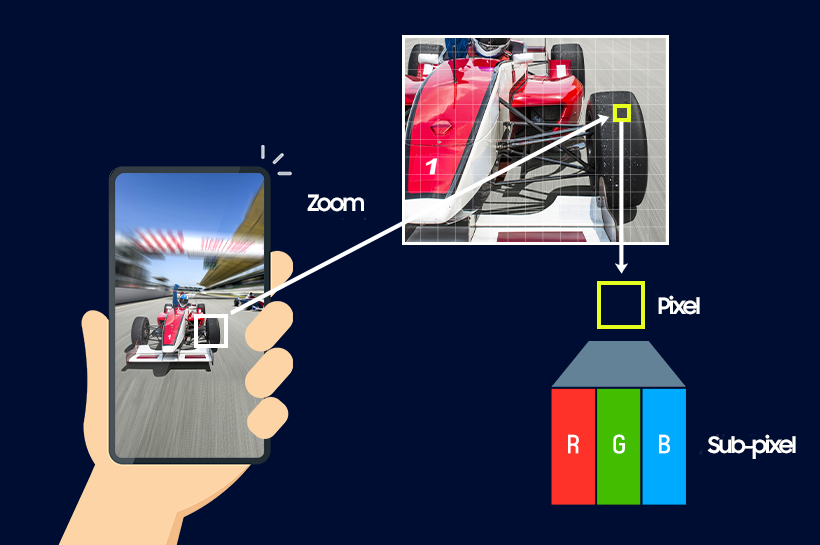
Resolution refers to how many pixels are displayed in an image - the more pixels per area, the higher the resolution. Filming devices that are able to express a wide range of gradation of each pixel are preferred.

Dynamic range is what decidedly determines the measurement between the whitest whites and the blackest blacks within films. Since every pixel is composed of the three primary colors (RGB), high contrast ratio means wide color expression. However, it is important to note that exceeding a certain point in this ratio can produce an exaggerated/unnatural depiction of reality.
Film technicians and industry experts have made considerable effort in producing high quality color films. There is a reason why Technicolor technology, which dominated the film industry in the 1930s, still remains relevant today for working with color space. Cinematic color grading presets such as white balance* and LUT** , as well as film exposure and shutter speed, are part of the cinematography process when aiming for exceptional color outputs.
*White balance (WB), also known as color temperature, is the process in which objects appearing white in person are rendered white in photos.
**A Look-Up Table (LUT) refers to the method of placing RGB image values into modification and outputting new RGB values.

Color balance is a practice meticulously maintained by specialists who understand that different lighting affects colors. When issues surface, video editors make additional color corrections and multiple revisions to achieve the best possible outcome. Video/broadcast reference monitors must be used for video compliance in order to maintain industry-average high quality throughout the video production process. Filming videos using a log profile provided by video equipment manufacturers usually appears hazy: Attempts to incorporate as much shade and color information as possible cause this haze. Color grading process, which adds light and color vibrancy, helps produce sophisticated outcomes. Light is the embodiment of all existing colors and that is why adding/removing it directly impacts the quality of filmography we get to enjoy today.

